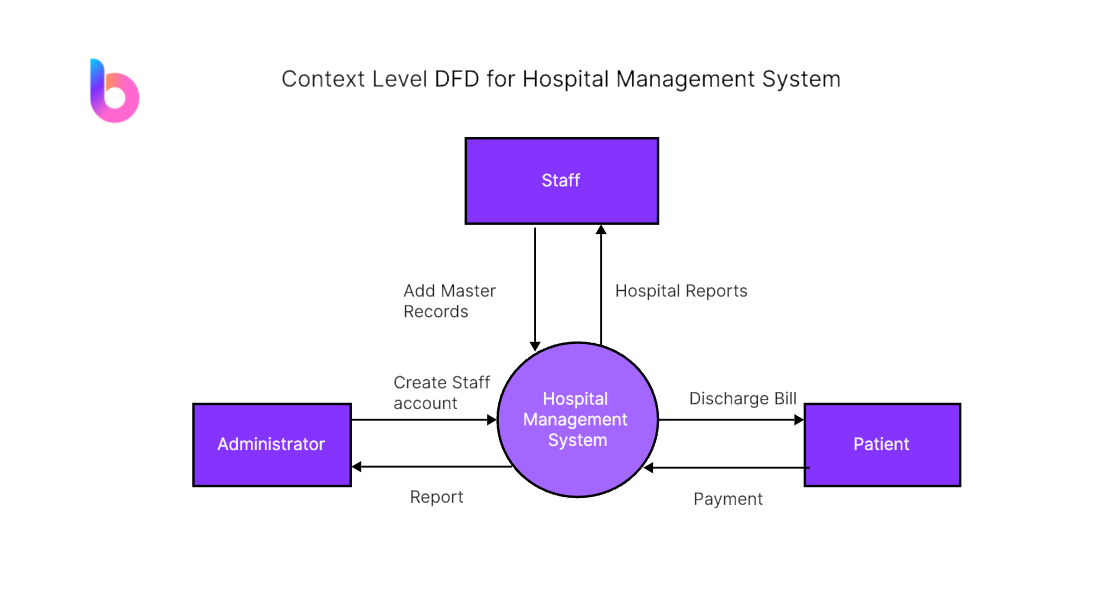
Unlocking efficiency in hospital operations hinges on the strategic implementation of Data Flow Diagrams (DFDs) for Hospital Management Systems. A DFD for hospital management encapsulates the intricate web of information flow within the system, offering a visual roadmap for streamlined processes. As institutions prioritize streamlined data representation, Boardmix stands out for its user-friendly interface and robust features, aiding healthcare professionals in optimizing data workflows for efficient hospital operations.
A DFD for Hospital Management System serves as a visual guide, intricately delineating information flow within the system. This essential tool systematically charts processes like patient admission, treatment, and record-keeping, breaking down the entire system into manageable components. Each component represents a facet of hospital operations, enabling stakeholders to grasp interconnected processes and data.

As a dynamic framework, the DFD for Hospital Management Systems not only enhances understanding of the system's functionality but also provides a strategic overview for analysis and design. Its capacity to encapsulate complex operations into a visually accessible format makes it indispensable for healthcare professionals and system analysts, facilitating efficient communication and collaborative problem-solving in the ever-evolving landscape of hospital management.
Utilizing a DFD for Hospital Management Systems is imperative, driven by several compelling reasons:
Simplification of Complex Processes:
System Analysis and Design Facilitation:
Effective Communication Tool:
Enhanced System Understanding:
Issue Identification and Resolution:
The DFD for Hospital Management System transcends a simple diagrammatic representation, emerging as a strategic asset for healthcare professionals and system analysts. Through simplifying complexities, aiding in analysis and design, and fostering effective communication, the DFD for Hospital Management Systems becomes integral to optimizing functionality and collaborative efficiency. Its multifaceted benefits empower healthcare professionals and system analysts to enhance comprehension, communication, and overall efficiency within DFD for hospital Management Systems, contributing significantly to the seamless optimization of hospital operations.
Designing a comprehensive Data Flow Diagram (DFD) for a Hospital Management System using Boardmix involves a systematic process, ensuring clarity and accuracy in visualizing intricate data flows. Here is a detailed breakdown of the steps:
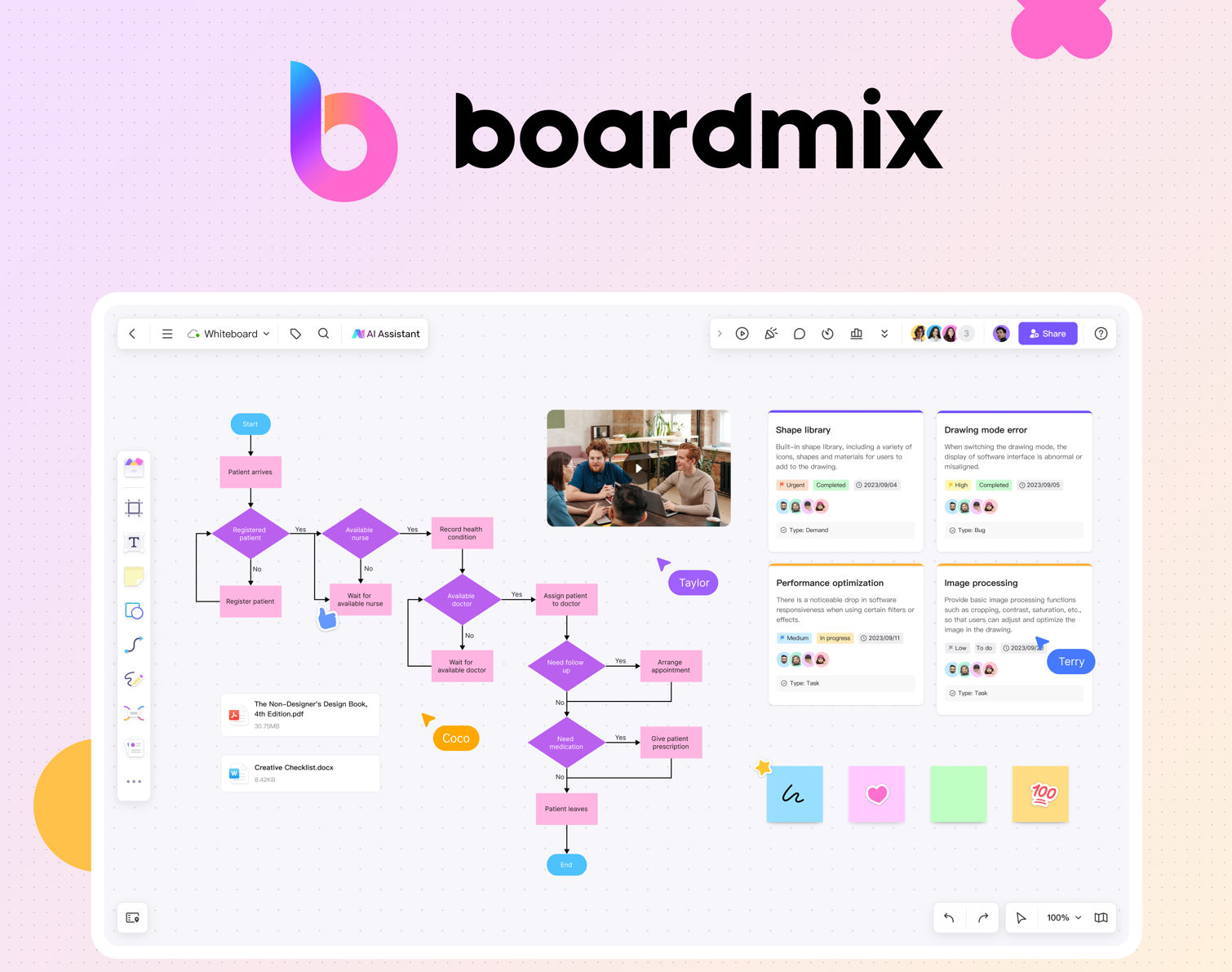
Login and New Board Creation: Commence your Boardmix journey by logging in and initiating a new board to efficiently organize and structure your data.

Select Template: Choose a DFD template that can be used for Hospital Management Systems, streamlining the initial setup. Or you can create freely with elements from the template.
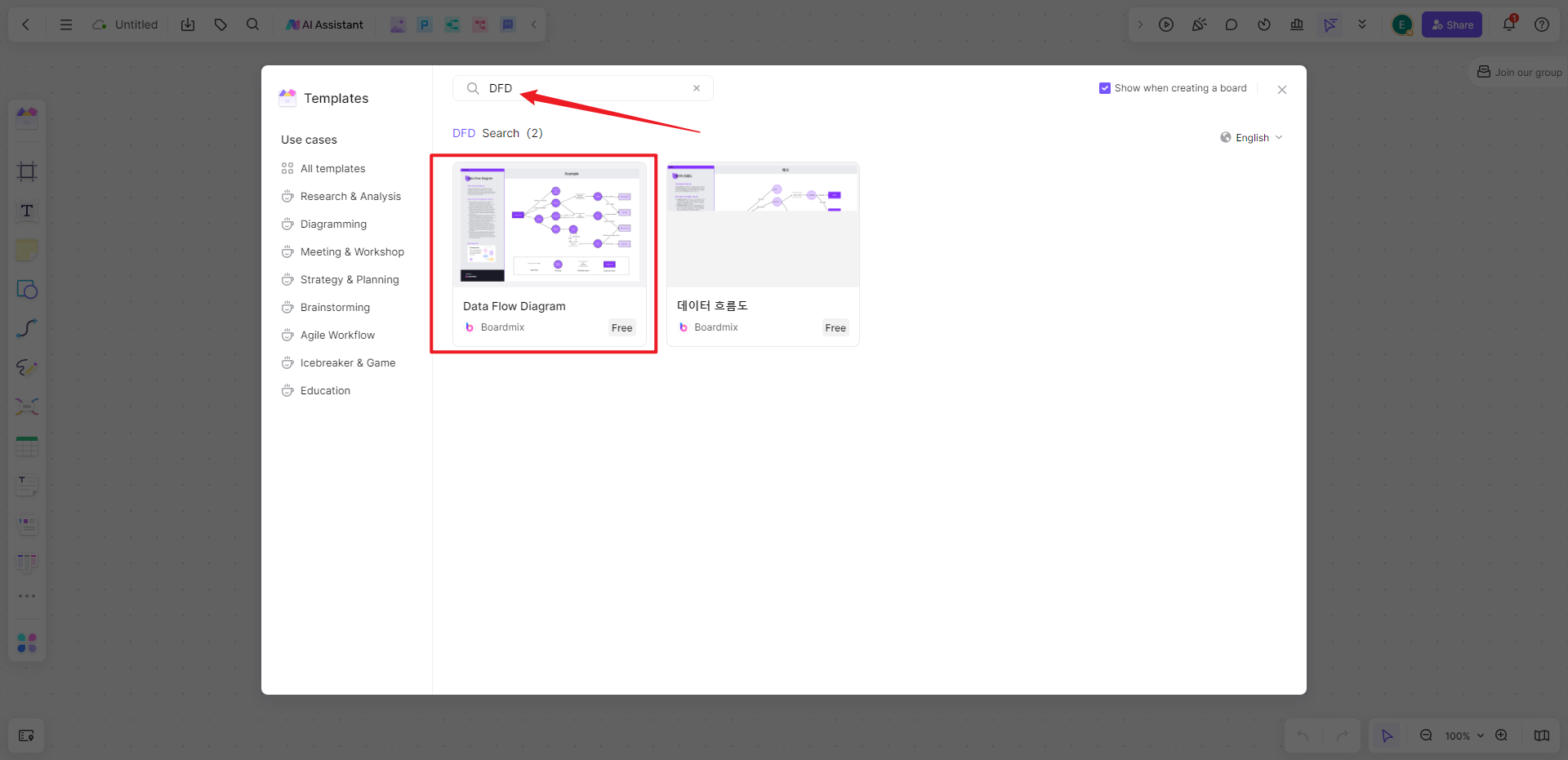
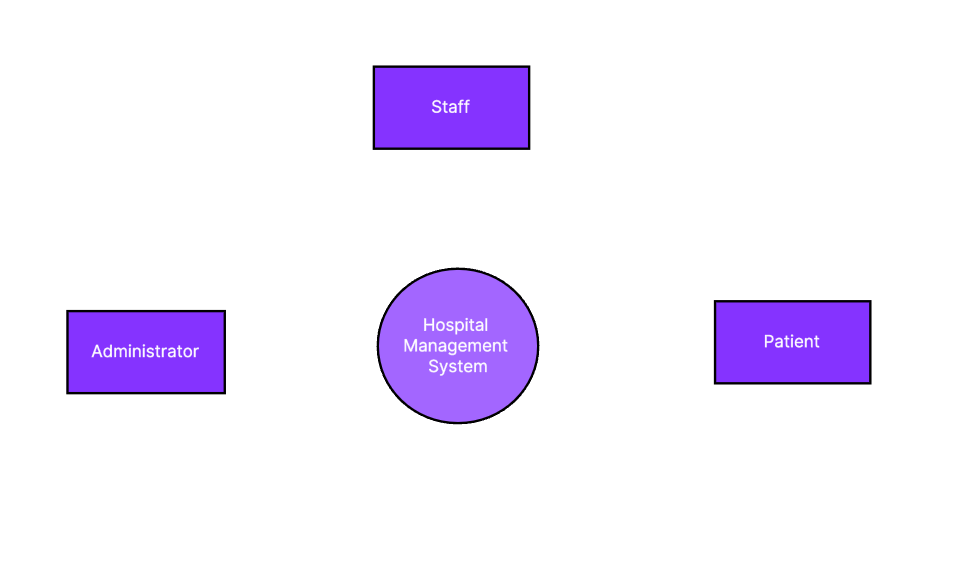
Add Entities: Identify key entities within the system, such as patients, doctors, and administrative staff, and seamlessly integrate them into the diagram.
Define Processes(If necessary): Specify essential processes integral to the Hospital Management System, such as patient registration and billing, ensuring a comprehensive representation.

Connect Data Flows: Employ arrows to visually illustrate the flow of data between entities and processes, elucidating the dynamic interactions within the system.
Add Data Stores(If necessary): Enhance the diagram's richness by incorporating data stores like electronic health records, contributing to a more holistic representation of the information ecosystem.
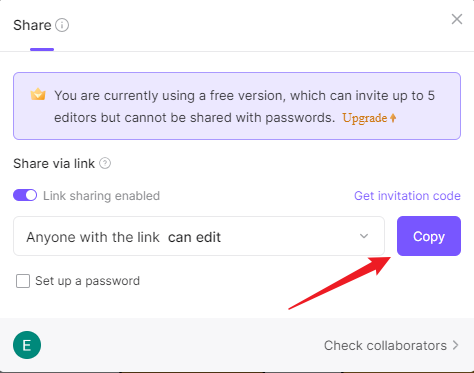
Finalize and Share Your Board: After reviewing and finalizing your Boardmix-created DFD for the Hospital Management System, easily share your comprehensive insights with stakeholders using the platform's collaborative features.
Boardmix distinguishes itself through its intuitive interface and collaborative features, catering to users with varying levels of diagramming experience. The platform's seamless integration of these steps empowers healthcare professionals to effortlessly create detailed and accurate DFDs for Hospital Management Systems, promoting efficient data visualization and system comprehension.
Enhancing the effectiveness of Data Flow Diagrams (DFDs) for Hospital Management Systems involves strategic considerations. Here are valuable tips to optimize the creation process:
Collaborate Actively:
Engage key stakeholders actively throughout the DFD creation process. Their insights ensure accuracy and completeness, aligning the diagram with the intricate nuances of the hospital system.
Prioritize Simplicity:
Embrace simplicity in diagram design to amplify clarity. Avoid unnecessary complexities that may hinder understanding, ensuring that the DFD remains an accessible and informative tool for all stakeholders.
Adhere to Standard Symbols:
Utilize industry-standard symbols consistently for entities, processes, and data flows. This adherence fosters a universal understanding of the diagram, promoting effective communication among diverse stakeholders.
Regular Reviews for Precision:
Implement a regular review schedule to scrutinize and update the DFD. This proactive approach ensures that the diagram accurately reflects any system changes, maintaining its relevance and reliability over time.
Incorporating Data Flow Diagrams (DFDs) in Hospital Management Systems, particularly with tools like Boardmix , is a strategic approach. By actively engaging stakeholders, prioritizing simplicity, adhering to industry-standard symbols, and conducting regular reviews, healthcare professionals optimize the precision and utility of their DFDs. Through collaborative practices and adherence to best principles, healthcare professionals can fully unlock the potential of DFDs, contributing to heightened operational efficiency and a more nuanced comprehension of the overall system.